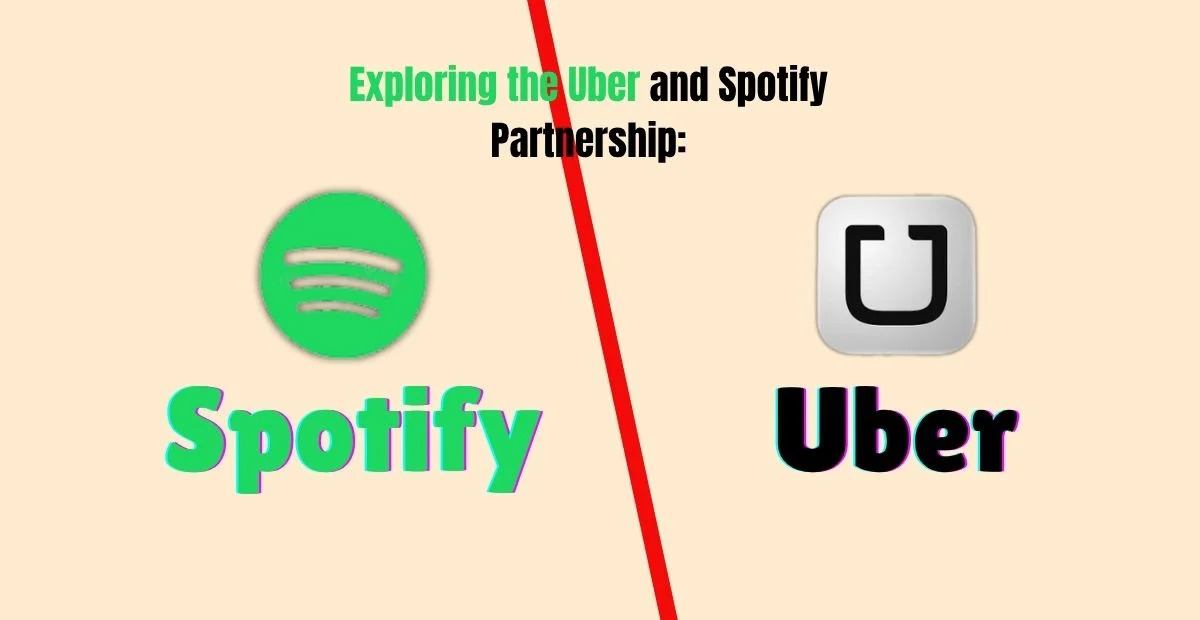In today’s hyperconnected world, collaboration between digital platforms is shaping the way we live, work, and move. When Spotify and Uber partnered in 2014, they weren’t just merging two apps—they were uniting two lifestyles. One delivered seamless transportation; the other delivered sound. Together, they reimagined what it meant to go from point A to point B—with a personalized soundtrack playing in the background.
This article dives into the strategy behind the Spotify and Uber partnership, how it worked, why it mattered, and what it meant for the future of customer-centric innovation.
How the Partnership Worked
The partnership allowed Spotify Premium users to link their accounts with the Uber app. When booking a ride, riders could select and control the music that would play through the car's speakers, assuming the driver had the feature enabled. This added a level of personalization never before seen in the ride-hailing space.
Initially launched in select global cities, including London, New York, and Sydney, the feature targeted urban millennials—a tech-savvy, music-loving demographic that made up a large share of both Spotify and Uber’s user base.
Why the Spotify and Uber Partnership Was Strategic
This was not just a gimmick—it was a calculated, mutually beneficial move.
1. Customer Delight Through Personalization
Both brands recognized a growing demand for hyper-personalized experiences. By allowing users to play their own music during rides, Uber elevated its service from simple transportation to an emotionally engaging experience.
2. Increased Brand Engagement
Users who engaged with Spotify through Uber had another reason to use both apps more frequently. Spotify gained consistent exposure in a new context—daily commutes—while Uber deepened its relationship with riders through customization.
3. Subscription Upsell for Spotify
Since only Spotify Premium members could use the integration, it served as a subtle upsell opportunity. Free-tier users were given a tangible incentive to upgrade, driving potential revenue growth for Spotify.
The Win-Win Dynamic
For Uber:
- Differentiation in a crowded market.
- Improved user satisfaction by giving passengers control.
- Tech-forward branding that reinforced Uber’s image as an innovator.
For Spotify:
- New use case for music streaming beyond typical headphone scenarios.
- Increased daily touchpoints with users.
- Expansion of brand lifestyle positioning, integrating Spotify more deeply into everyday moments.
Together, the two companies created an experience that felt less like a ride and more like a personal journey.
User Feedback and Market Reaction
The feature garnered positive feedback, especially from younger users. Social media buzz and media coverage praised the idea as clever and user-friendly. However, not all drivers enabled the feature, and technical limitations meant the rollout was not universal. Still, the Spotify and Uber partnership made headlines and left a lasting impression.
It also sparked a broader trend: companies began looking at how to make their services feel more customized, seamless, and experiential—especially when users are in transit or multitasking.
Long-Term Impact and Legacy
Although the partnership eventually lost some visibility within Uber’s evolving platform, its impact was significant. It set a precedent for experiential marketing and cross-industry collaboration. It also highlighted a key truth: users want services that anticipate their needs and adapt to their preferences.
In a sense, the Spotify and Uber partnership was a glimpse into the future—one where smart integrations redefine simple experiences like getting a ride or listening to music.
Key Takeaways
- Cross-platform integration can create new user value.
- Personalization is a competitive differentiator.
- Experiential partnerships enhance brand perception and loyalty.
- Subscription-based models benefit from strategic feature exclusivity.
Conclusion
The Spotify and Uber partnership was more than a feature; it was a statement. It showed that companies willing to collaborate and think creatively could turn ordinary moments into unforgettable experiences. As technology continues to evolve, such partnerships will likely become the norm—not the exception.
By soundtracking a ride, Uber and Spotify gave us more than a service—they gave us control, comfort, and a sense of identity, all wrapped into one simple trip.






Comments